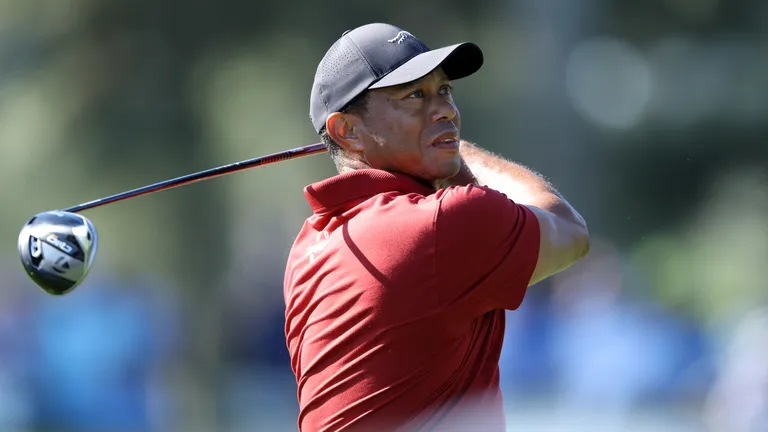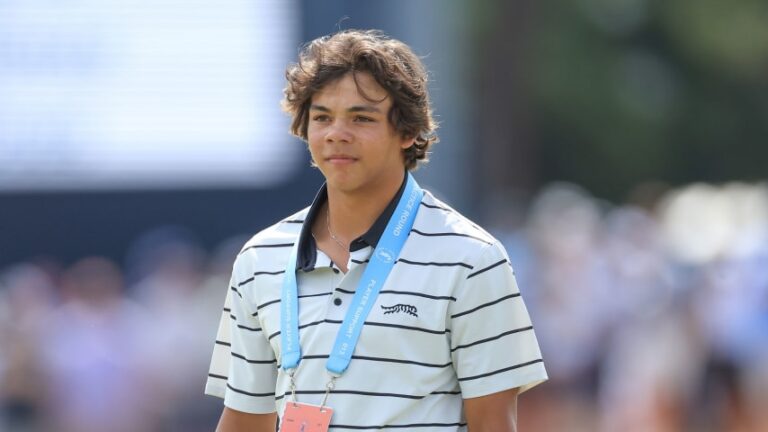Why Tiger Woods Hit Three Drives On 5th Hole In Masters Final Round
During the final round of the Masters, Tiger Woods faced a challenging situation on the fifth hole. After his initial drive veered off course into the trees, he wisely hit a provisional ball in case his first one couldn’t be found. When his original ball was located, it was nestled in an unplayable position with no viable drop spot nearby. Under golf’s rules for handling unplayable balls, Woods had three options to consider.
First, he could take a two club-length drop, but the dense shrubbery surrounding his ball made this impractical. Another option was to go back in line with where his ball was and the pin, but this was prevented by the out-of-bounds marking the hole. Therefore, the best course of action was to employ the “stroke and distance” rule, which allowed him to return to the tee and hit his third drive.
After making the decision, Woods launched another impressive drive down the fairway, setting himself up to continue the hole. However, the setback resulted in a triple bogey, pushing his score to +14 for the tournament. This marked his highest score at The Masters since his infamous 10 on the par 3 12th in 2020.
In the final round, Woods was paired with amateur Neal Shipley, following his challenging round of 82 on Saturday. Remarkably, this round marked Woods’ 100th appearance at The Masters, a testament to his enduring presence in the sport. Additionally, he achieved a record 24th consecutive cut at Augusta National, highlighting his remarkable consistency at the prestigious event.
Understanding the intricacies of Rule 19, which governs unplayable balls, sheds light on the strategic decisions faced by professional golfers like Tiger Woods in high-stakes tournaments like the Masters.






